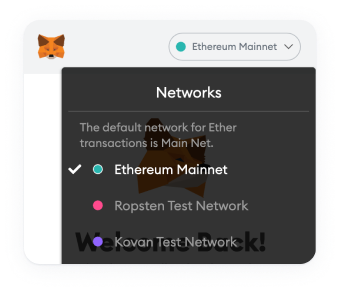Semux is an innovative and efficient blockchain decentralized application platform. Semux is written in Java and is based on the Semux BFT consensus algorithm. Mining mechanism A total of 100 verification node places are available, and each Semux holder can apply for verification...
Read Full
Issue Date2018-08-03
Initial Price0.560707
Max Supply100,000,000 SEM
Total Supply32,000,000 SEM
Circulating Supply8,895,035 SEM
AlgorithmSemux BFT
Exchanges--
ConsensusDPoS
Events
Web3 is supported. Browser extension. Semux lightweight desktop wallet. Semux mobile wallet. Open bounty program to incentivize the development of new consumer-facing applications on top of the Semux platform. Semux Core 3.0.
Semux 2.0 features virtual machines that have successfully activated 1,640,591 blocks, HD-wallets and the FAST_SYNC protocol.
In December 2018, the virtual machine was successfully activated in Testnet, implementing smart contracts in Solidity. The same version featured HD-Wallet.
The Semux JS SDK allows secure interaction with the Semux blockchain to build client/browser and server-side applications. It supports Node.js and most modern browsers.
SEM is the native cryptocurrency of the Semux network. It has 3 main use cases: it is used for governance and the BFT consensus algorithm (voting for delegates); it is the fuel to run decentralized applications; it is a store of value and a means of payment. In 2018, it was listed on the STEX exchange. And as of 2019, SEM is traded on 4 different exchanges. Stex, Citex, Tokok and p2pb2b.
Pools allow a group of people who do not have enough SEM to join their votes to have enough voting power to create new blocks as validators.
The Semux Core 1.0 codebase has been finalized and the network has been successfully launched.
Free Airdrop accomplished several things for the project: expanded the Semux network and pre-built Mainnet's validators, helped decentralize the initial distribution of SEM coins, and distributed the coins to those interested in participating in the project.
The first version of the Semux Core software, including the Semux BFT consensus, draft specification, public testing, including alpha testing, beta testing, and various Release Candidate networks.
See More














